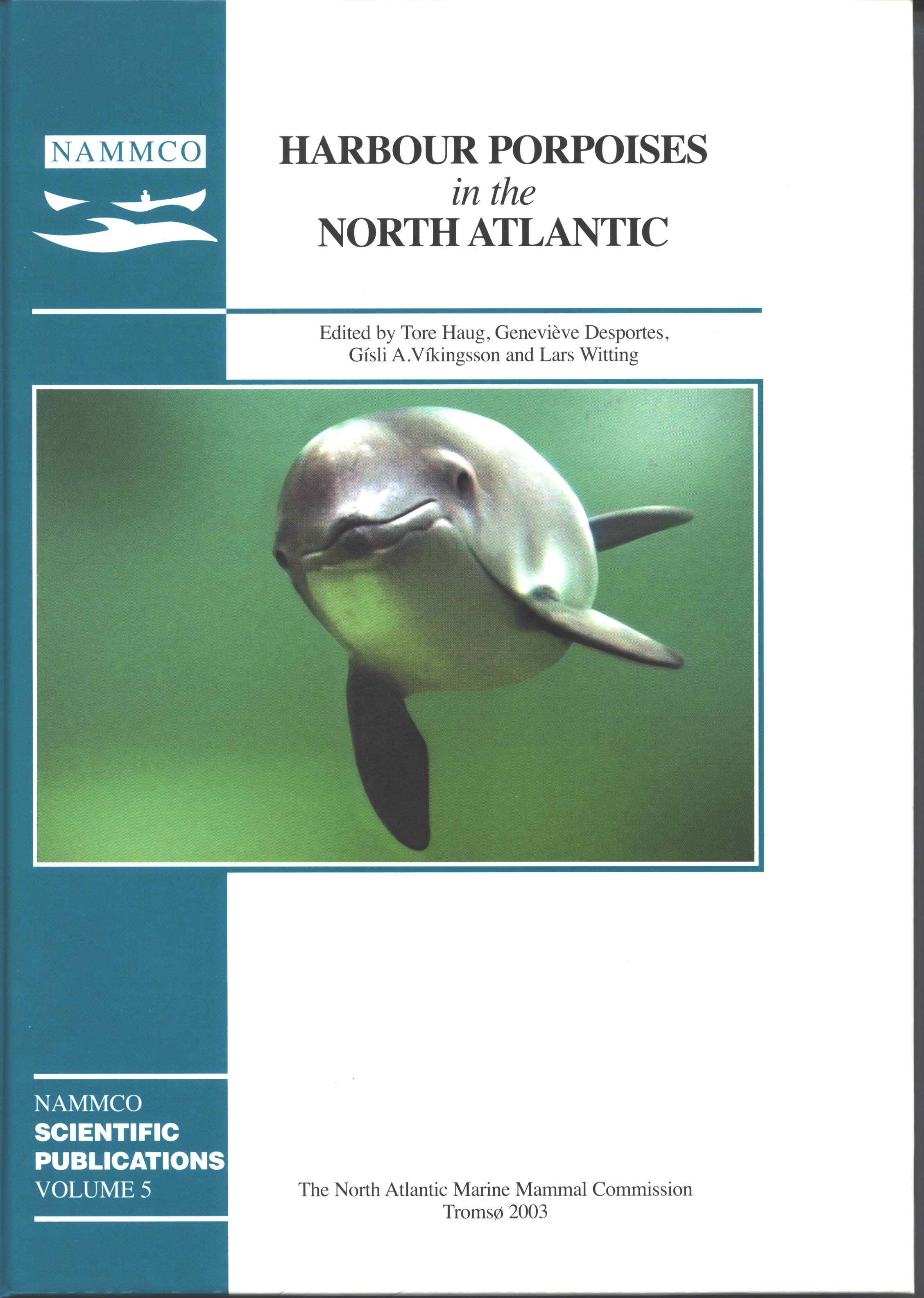The harbour porpoise (Phocoena phocoena) in the North Atlantic: Variability in habitat use, trophic ecology and contaminant exposure
DOI:
https://doi.org/10.7557/3.2749Keywords:
harbour porpoises, habitat use, trophic ecology, contaminantsAbstract
Harbour porpoises inhabit coastal waters, in habitats that are characterized by high diversity and complexity in terms of their bathymetry, substrate, fish communities and point sources of contaminants. The complexity in these habitats influences both the habitat use and feeding ecology of porpoises. Congregations of porpoises feeding primarily on one species are observed in some areas and seasons, while wide movements and diets composed of several species are observed in other areas. Due to these observations, this paper suggests that caution is needed when extrapolatingknowledge from one area to another with regard to porpoise habitat use, exposure to contaminants, and interactions with fisheries. Management plans should be site specific and based on local knowledge incorporating porpoise population structure, habitat use, and multiple environmental factors in order to ensure appropriate conservation of this abundant but still vulnerable small cetacean species.Downloads
Published
2003-07-01
How to Cite
Bjørge, A. (2003). The harbour porpoise (<i>Phocoena phocoena</i>) in the North Atlantic: Variability in habitat use, trophic ecology and contaminant exposure. NAMMCO Scientific Publications, 5, 223–228. https://doi.org/10.7557/3.2749
Issue
Section
Articles





